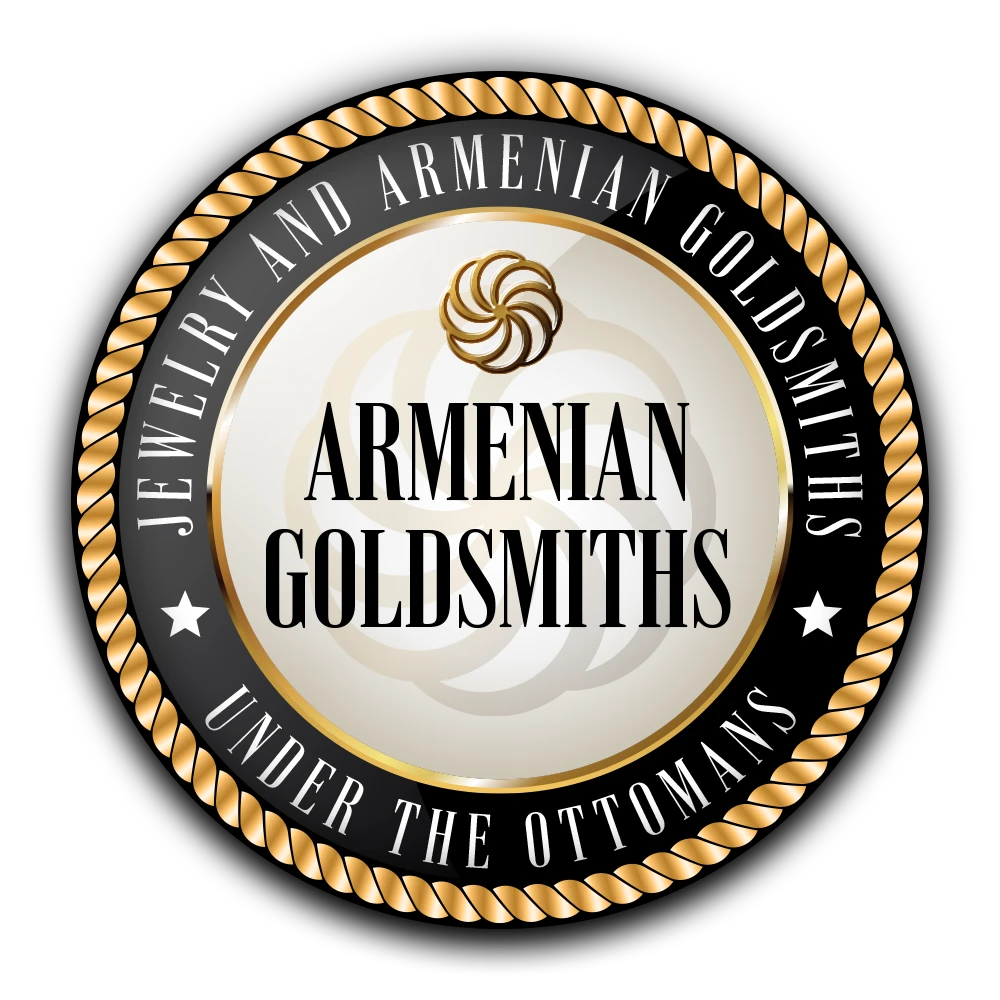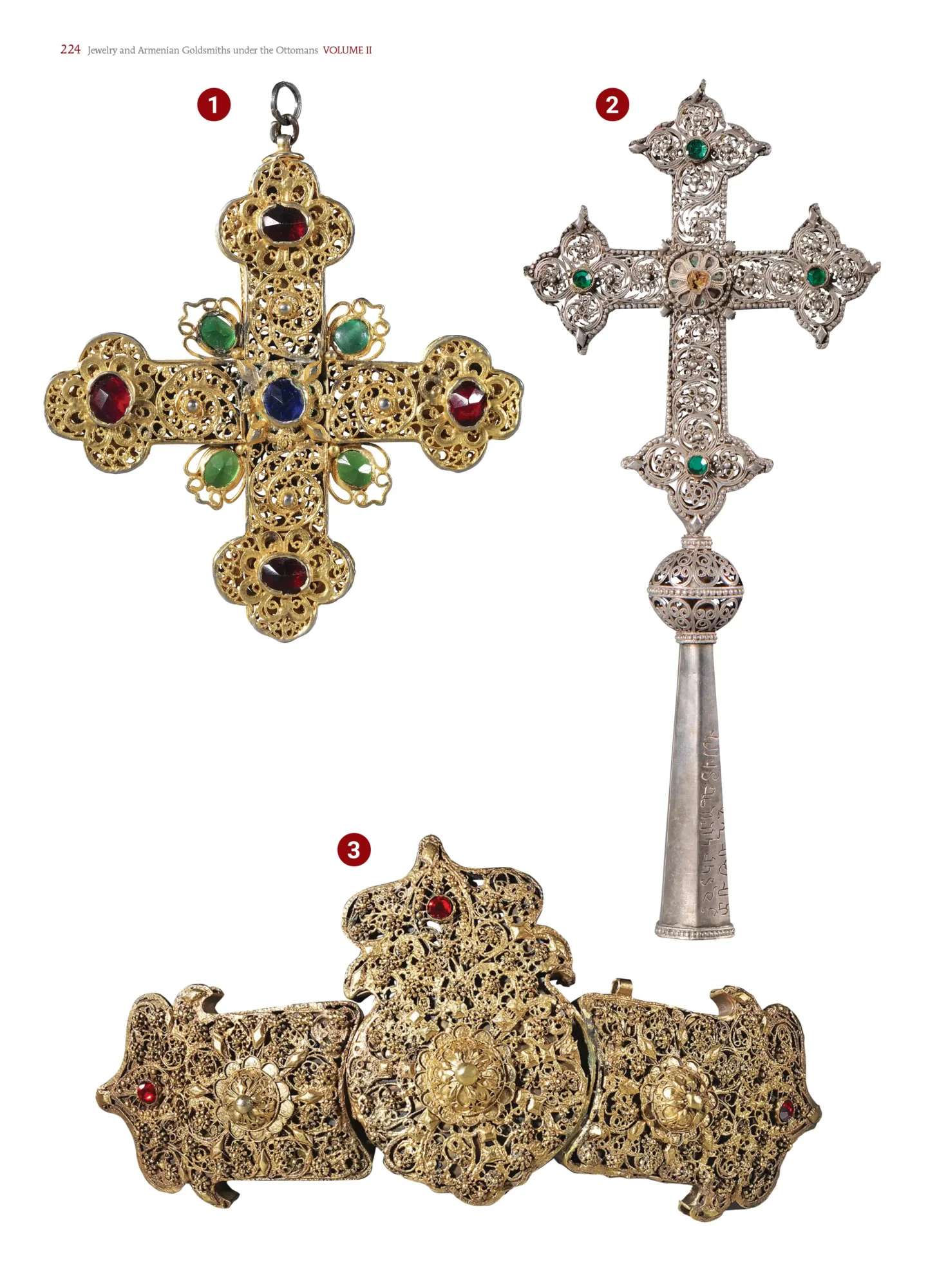FILIGREE (TELKARİ) TECHNIQUES
Although the goldsmithery of Istanbul was under Western influence with regard to ornamentation and also some forms, a few techniques with Oriental roots were still used in the capital and filigree was one of the most important among these. Wirework, meaning art made with wires or filigree, was introduced by artisans coming to Istanbul from Eastern and Southeastern Anatolia. The filigree method started becoming popular in Istanbul, with the contributions of Armenian jewelers from cities like Diyarbakır, Van and Mardin,and gained wide currency, particularly from the 19th century on. Filigree, a goldsmithery technology typical of Anatolia, begins with silver turned into fine wire after passing through many processes. The silver in the form of a thin wire is twisted using heat, and the small patterns thus obtained are then joined to obtain jewelry, liturgical objects or luxury items (glass-holders, bowls, plates). As per its nature, filigree requires only handwork and since it does not allow for automation like other areas of goldsmithery, there are increasingly fewer trained craftsmen. The story of the Çerme family of Mardin that succeeded in continuing filigree work for numerous consecutive generations, presents a rather typical example in this respect.
- Filigree cross with relics. Belongs to the Late Father Hovhan Istanbulyan.
- Filigree cross, late 18th century. The stand carries the following note in Armenian:
“Present of Harutiun’s son Garabed to the gate [church] of Surp Grigor.” - Ceremonial belt buckle made of filigree. Height: 12 cm, width: 24 cm.

